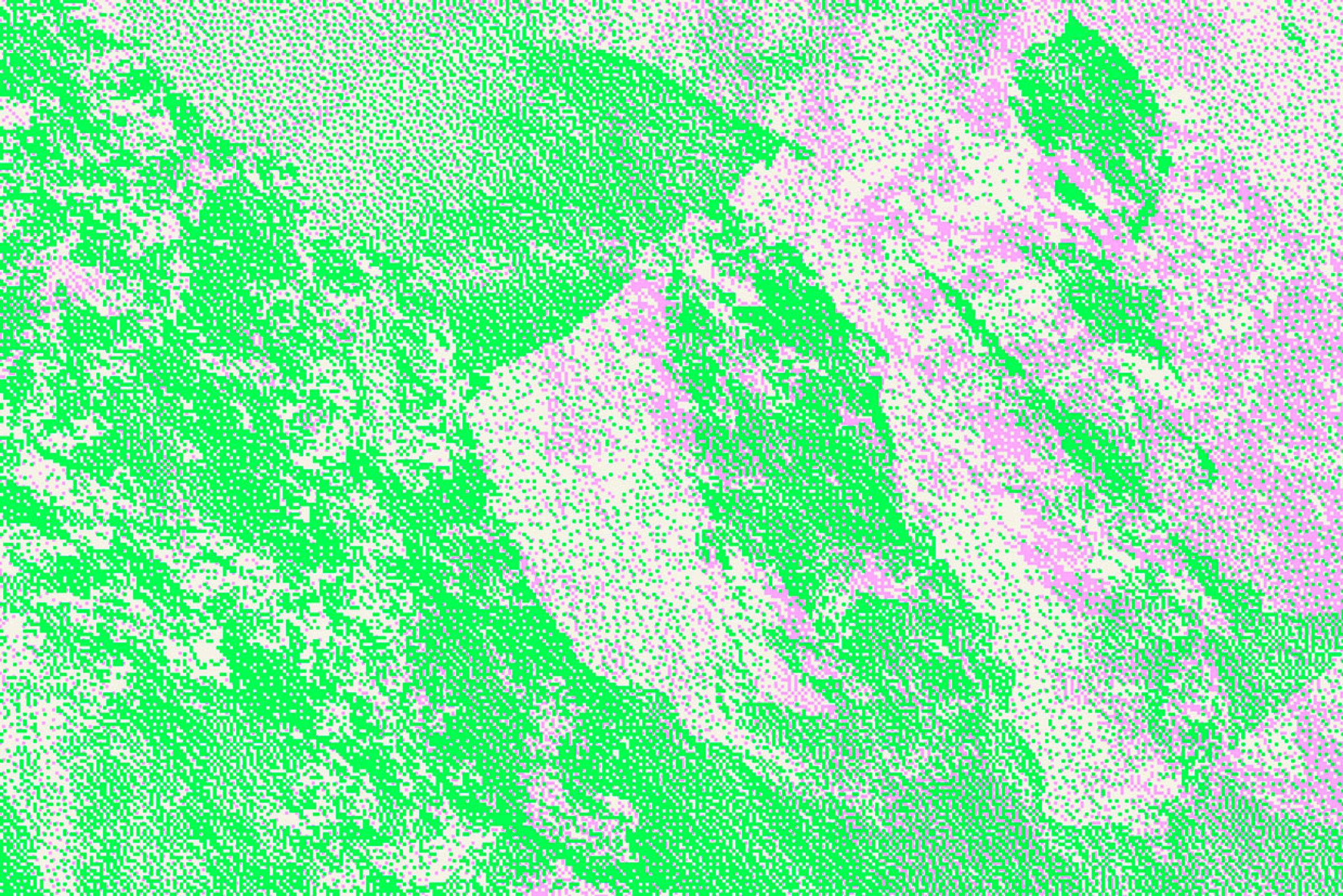Originally from San Miguel de Tucumán in northeastern Argentina, artist Gabriel Chaile (1985) explores his country’s pre-Columbian traditions, interweaving them with the experiences and narratives of the various communities he encounters, resulting in works that celebrate collective memory and visual storytelling, letting them address issues such as sustainability, cooperativism, and decolonization.
The artist is particularly interested in the oral transmission of knowledge and storytelling through imagery—characteristics typical of indigenous cultures. He calls himself a “communicator of images,” concretizing these narratives in forms and symbols that draw both on tradition and his own personal biography. Among these recurring elements we find in particular the oven and the pot, symbols of industriousness and care handed down by the artist’s family and in particular by his grandmother.
Chaile uses natural materials such as raw clay, mud, and metal to bring his sculptural works to life, drawing inspiration from Argentina’s ollas populares—where sharing cooking and food are acts of cooperation—and from the formal elements of Tucumán’s La Candelaria culture, whose fine ceramics are often populated with anthropomorphic or zoomorphic figures as well as complex geometric and symbolic decorative motifs. The results are kiln prototypes, the deployment of which testifies to the commitment and involvement of various people through dialogue and experimentation.
In Val Seriana, at the Circolo degli anziani in Vertova, the artist collected testimonies of the traditions linked locally to the production of bread and pasta, with the aim of creating a work-cum-oven capable of celebrating and updating these customs, thus nourishing the sense of community through the reappraisal and enhancement of ancient practices.
On the occasion of a “Bread Baking Party”—as the artist tends to call these events—the bread feast that enlivened the village’s seniors and pensioners’ club, the “Michini di San Patrizio”: bread blessed and handed out to the faithful of Vertova until World War I, was baked in the oven. This “miracle bread” was kept in homes and consumed in case of illness, by people and animals alike. The tradition of the “Michini” has recently been revived, with production entrusted to a local bakery and distribution at the Sanctuary of Colzate, dedicated to St. Patrick.
Making bread, as well as once more kneading Teedèi—typical noodles from Vertova—takes on a special significance today. It is not just about evoking ancient customs but generating relationships that are rebuilt through shared practices.
Bread and pasta thus provide the starting point for a collective discourse and encounter: a matter of radical hospitality, at the same time aesthetic, cultural, and political.
Gabriel Chaile’s work-oven will be exhibited at GAMeC for the entire fall cycle of the Thinking Like a Mountain project.
Biographical Notes
Gabriel Chaile lives and works between Buenos Aires and Lisbon. He studied fine arts at the National University of Tucumán. In 2009 he received a scholarship from Fundación YPF, which led him to participate in the first edition of the Artists Program launched by Torcuato Di Tella University. In 2010 he was selected to participate in Lipac, an art program of the Centro Cultural Ricardo Rojas. He has since participated in several artist residencies, including in Callao Monumental, Peru, as well as at SENS and URRA, Buenos Aires. In 2022, he received the Konex Prize for fire art. He also received a citation for the 2015 Klemm Prize and was nominated for the First Itaú Cultural Award in 2010. In 2022 he participated in The Milk of Dreams, the 59th Venice Biennale curated by Cecilia Alemani. His works have also been exhibited at BIENNALE GHERDËINA ∞ PERSONES PERSONS, Ortisei; Bienal de Arte Contemporânea de Coimbra, Coimbra; 5th New Museum Triennial, New York; Museum of Modern Art of Buenos Aires (MAMBA); Art Basel Cities: Buenos Aires; Centro Cultural San Pablo T, Tucumán; Centro Cultural Recoleta, Buenos Aires; National Endowment for the Arts, Buenos Aires; Espacio Tucumán, Buenos Aires; Centro Cultural Borges, Buenos Aires; New Energy Museum of Contemporary Art (l’Ene), Buenos Aires; New Museum Triennial, New York; and at the Thalie Foundation, Brussels.





